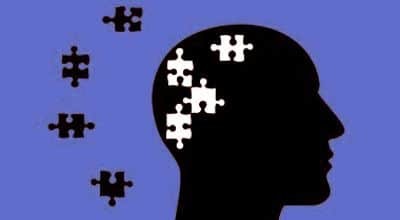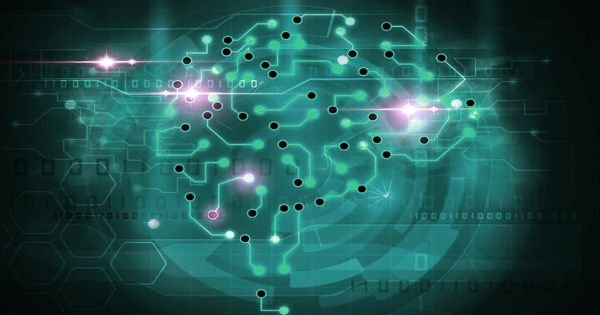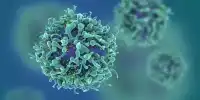Researchers at the University of Birmingham have developed a means of using machine learning to more reliably classify people with a combination of psychotic and suicidal symptoms. Researchers also developed a novel Machine Learning (ML) strategy to help classify patients with a mixture of psychotic and depressive symptoms. Although patients with depression as a primary disorder are more likely to have an accurate diagnosis, patients with depression and insanity seldom show signs of one disease or another.
It is normal for people with psychosis or depression to show signs of both disorders, which has meant that mental health diagnosis has historically been granted for ‘real’ disorder with secondary symptoms of the other. Depressed or delusional patients rarely experience signs of one disorder or another. Historically, this indicated that mental health practitioners were diagnosed with a ‘real’ disorder, but with secondary symptoms. Precise diagnosis is a significant concern for physicians, and diagnosis often does not adequately reflect the complexities of human experience or, even, neurobiology.
Researchers at the University of Birmingham have developed a way of using machine learning to aid mental health diagnoses, and more specifically, to more accurately identify patients with a mix of psychotic and depressive symptoms.
Clinicians who diagnose insanity, for example, will also see addiction as a secondary disorder, with consequences for clinical choices that rely more on psychosis symptoms (e.g. hallucinations or delusions).
Precise diagnosis often creates challenges for mental health practitioners, and diagnosis often does not adequately reflect the complexities of human experience or neurobiology. For example, a patient dealing with psychosis will frequently have stress considered a secondary disorder, with a stronger emphasis on psychosis manifestations, such as hallucinations or illusions; this has consequences for patients’ care choices.

The team at the University of Birmingham Institute for Mental Health and the Center for Human Brain Health, together with researchers from the PRONIA consortium, decided to explore the possibilities of using machine learning to construct highly reliable models of ‘pure’ manifestations of both diseases and to use them to analyze the diagnostic accuracy of a cohort of patients with mixed symptoms. The findings are published in the Schizophrenia Bulletin.
“The majority of patients have co-morbidities, so people with psychosis also have depressive symptoms and vice versa,” states leading author Paris Alexandros Lalousis. “That presents a big challenge for clinicians in terms of diagnosing and then delivering treatments that are designed for patients without co-morbidity. It’s not that patients are misdiagnosed, but the current diagnostic categories we have do not accurately reflect the clinical and neurobiological reality.”
Researchers looked at questionnaire answers, extensive clinical interviews, and longitudinal magnetic resonance imaging evidence from a group of 300 patients enrolled in the PRONIA study, a prospective study sponsored by the European Union through seven European research centers. In this cohort, the researchers identified small subgroups of patients that could be categorized as suffering either from insanity without any signs of depression or from depression without any psychotic symptoms.
Using these results, the team established machine learning models of ‘pure’ depression and ‘pure’ psychosis. They were then able to use machine learning approaches to adapt these models to patients with symptoms of both diseases. The goal was to construct a very detailed disease profile for each patient and to compare it against their diagnosis to see how accurate it was.
The team observed that while patients with depression as a primary disorder were more likely to have an accurate diagnosis, patients with depression psychosis had symptoms that tended more often to the depression component. This may mean that depression plays a larger role in the disorder than previously believed.
Mr. Lalousis added: “There is an increasing need for improved medication for psychosis and depression, disorders that are a huge mental health problem in the world. Our work illustrates the need for physicians to better understand the complex neurobiology of these conditions and the importance of ‘co-morbid’ symptoms; in particular, careful analysis of the role that depression plays in ill patients.
“In this research, we have seen how the use of advanced machine learning algorithms that take into account psychological, neurocognitive, and neurobiological influences will allow us to explain the complexities of mental illness. In the future, we agree that machine learning will become a vital tool for effective diagnosis.
Using these results, the team identified ML models of ‘pure’ depression and ‘pure’ psychosis. The study team was then able to use ML approaches to extend these models to patients with symptoms of both diseases. The goal was to create a very detailed disease profile for each patient and to measure how accurate it was against their diagnosis, the researchers said.














